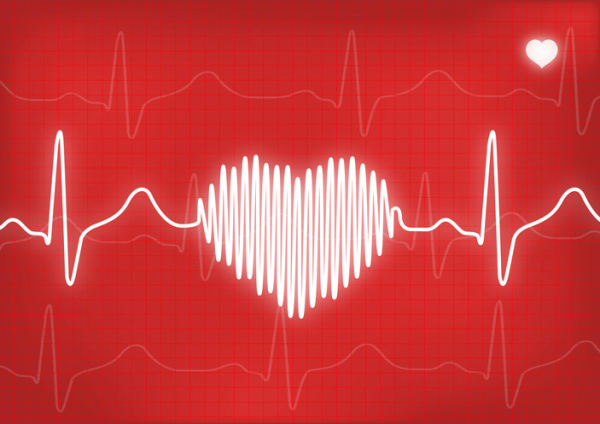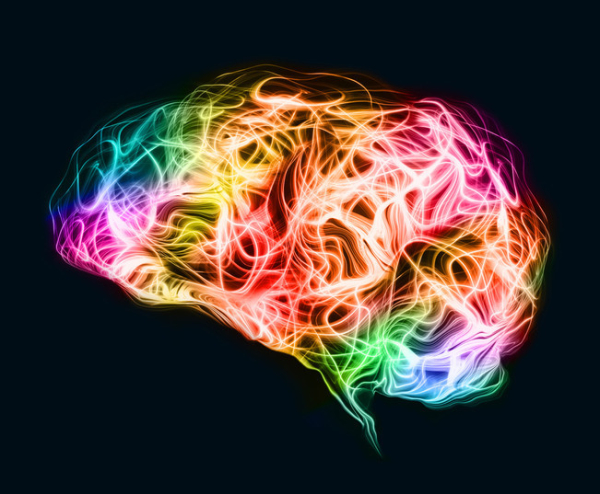
Many people know the form of dementia called Alzheimer’s disease. But what is frontotemporal dementia (FTD)? Damage to nerves in certain parts of the brain causes a group of frontotemporal disorders, affecting behavior and language as I’ll describe below.
Early signs of frontotemporal dementia
Have you noticed someone behaving differently? Is your coworker doing odd things, such as slapping each door as they walk down the hall? Or has your previously kind and caring spouse lost their capacity for empathy, such that when you told them about your cancer diagnosis, they complained that your treatment schedule would interfere with their golf game? If so, they might be showing early signs of the behavioral variant of FTD.
Maybe there’s a problem with language, rather than behavior. Perhaps it started with difficulty finding words (like any older adult), but is your sibling now having trouble with grammar and getting out an intelligible sentence? Or does your friend not know the meaning of some ordinary words, like pizza, lemonade, wood, or metal? If so, they might be showing signs of primary progressive aphasia, which may also be due to FTD.
A common pathology inside the brain
What’s the connection between these behavior and language problems? Why are they both part of FTD?
Both have the same underlying causes: a family of abnormal proteins that can be seen under the microscope. In fact, more than a dozen different pathologies can cause FTD. Each of them can lead to either behavioral variant frontotemporal dementia or the language difficulties of primary progressive aphasia.
Location, location, location
How can the same pathology — the same abnormal protein — lead to either behavior problems or language problems, or sometimes both? The answer is, it depends on where the pathology is.
The frontal lobes of your brain, behind your forehead, regulate and guide your personality, judgement, and behavior. So, if the frontotemporal pathology is in this region, it will cause changes in personality, judgement, and behavior.
The left temporal lobe (near your left ear and temple) and a part of the left frontal lobe just above it are the critical brain regions for language. When these areas are affected by frontotemporal pathology, language problems develop.
How does frontotemporal dementia compare with Alzheimer’s disease?
Frontotemporal dementia affects people in middle age, usually between ages 45 and 65, although one-quarter of individuals are diagnosed after age 65. Alzheimer’s usually affects people over 65.
In terms of symptoms, people with frontotemporal dementia experience either language or behavior problems, whereas people with Alzheimer’s disease — the most common cause of dementia — usually have memory problems.
Because more than 12 different abnormal proteins can cause frontotemporal dementia, it has a very variable time course. From the time of diagnosis, people with frontotemporal dementia need nursing home–level care in two to 20 years. The typical range with Alzheimer’s disease is four to 12 years.
Who is at risk for FTD?
Up to 40% of cases of frontotemporal dementia run in families, but that means at least 60% of cases do not. Unfortunately, everyone is at risk for frontotemporal dementia as they approach middle age.
What are common signs of the behavioral variant?
There are six common signs of behavioral variant frontotemporal dementia, and most people with the disorder have at least three of them. They are:
- loss of self-control
- apathy or inertia (not wanting to do anything)
- loss of sympathy or empathy
- repetitive or compulsive, ritualistic behavior
- uncontrolled or unusual eating
- difficulty doing complicated tasks.
One individual I cared for with this disorder would walk up to strangers, stand closer than would be comfortable, and say loudly, “You’re handsome!” Another would eat almost anything left out in the kitchen. One woman I treated with this disorder tried to pick up men from a restaurant — while her husband was sitting at the next table. A previously kind and shy grandfather with frontotemporal dementia began to ask his daughter-in-law for sexual favors.
What are common signs of the language variants?
Two variants of primary progressive aphasia are part of the frontotemporal dementia family of diseases. Common signs are:
- difficulty getting words and sentences out, although the meaning of words is preserved (nonfluent or agrammatic variant). People become frustrated because they know what they want to say but find it difficult or impossible to do so.
- losing the meaning of words (semantic variant). I had one patient who did not know the meaning of the words shoe, pants, foot, knee, elbow, and many other words related to clothing and parts of the body.
Can frontotemporal dementia be treated?
Currently, there is no cure or way to slow these disorders down, so treatment is supportive. SSRI medications (selective serotonin reuptake inhibitors) can help with some disinhibited behaviors.
Speech therapy can be helpful, at least initially, with primary progressive aphasia, but thus far no medications are effective.
What can I do if I suspect that someone has frontotemporal dementia?
FTD is difficult to diagnose. Because it affects people in middle age, dementia is usually not suspected. Early in the disease, people are often thought to be having a midlife crisis, depression, or perhaps a drug or alcohol problem. Many marriages end prior to the diagnosis because the spouse with the disorder has grown self-absorbed and inconsiderate over several years.
If you do suspect the disorder, start by simply asking the person if there is anything that you can help with. You may find out that it is another problem entirely. But if it is becoming clear that this or another form of dementia may be involved, encourage them and their family to discuss this possibility with their doctor.
About the Author

Andrew E. Budson, MD,
Contributor; Editorial Advisory Board Member, Harvard Health Publishing
Dr. Andrew E. Budson is chief of cognitive & behavioral neurology at the Veterans Affairs Boston Healthcare System, lecturer in neurology at Harvard Medical School, and chair of the Science of Learning Innovation Group at the … See Full Bio View all posts by Andrew E. Budson, MD







